For many of us, winter is closing in and our days on the water are numbered—make the most of the off-season by taking action for fish and clean water
While I’m hiking to my favorite trout stream or trailering to the neighborhood boat ramp, I’m almost always focused on the day ahead—imagining the line pinched between my index finger and thumb, the breathless anticipation of watching a fish trail my rig, and the heart-stopping joy that takes over after a successful hook-set.
The future is full of possibilities on the morning of a fishing trip. It’s easy to lose sight of the challenges facing the broader future of fishing in America, and how much influence we have as anglers.
With some seasons winding down and winter closing in, take the energy you’d normally put into planning your next camping trip or day on the water and put it toward securing the future of our fishing opportunities.
Here are three things you can do to help America’s fisheries right now.
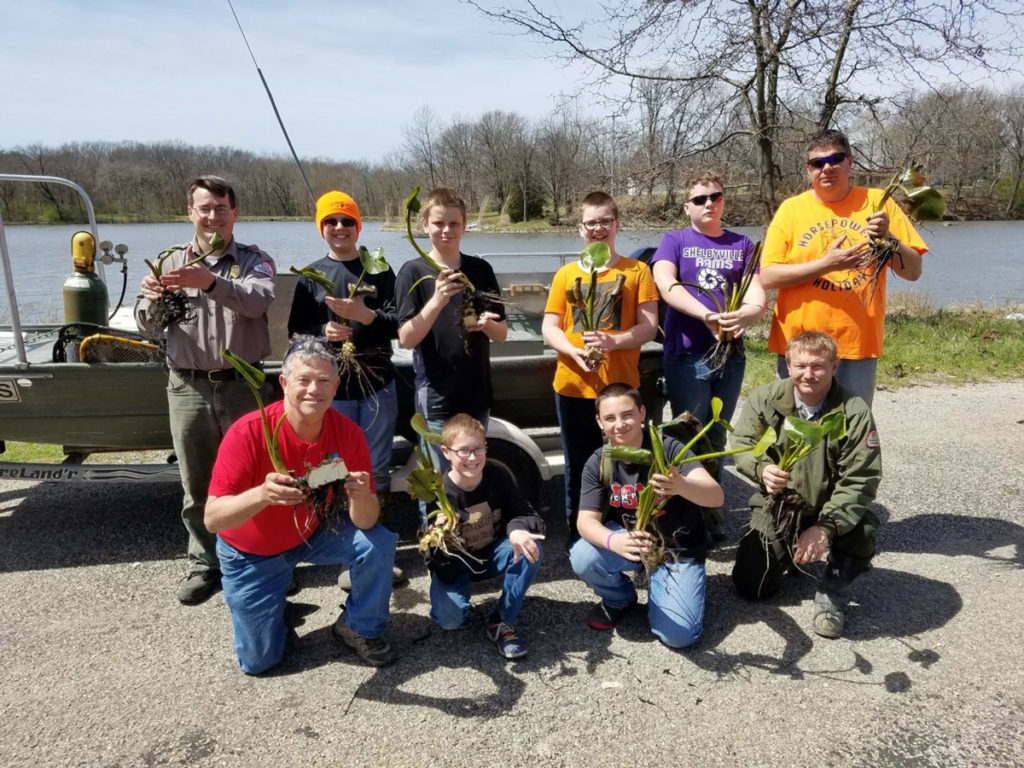
Tell Congress to Fund Fish Habitat Improvements
There are many threats facing many of our fish habitats, including polluted runoff, coastline degradation, invasive species, aging infrastructure that blocks fish passages, and water mismanagement in places like the Everglades. Often, habitat restoration is too big a job for any one agency—whether state or federal—to address. The National Fish Habitat Partnership was created to tackle these issues with a boots-on-the-ground approach.
One of the country’s most successful conservation programs, this partnership has almost 900 completed programs under its belt and is made up of 20 distinct groups that work across America to bring together state, federal, tribal, and private resources. This approach has enabled partners to boost existing fish populations, improve vast swaths of habitat, and restore rivers to their historic flows.
In Shelbyville, Illinois, for example, the Reservoir Fisheries Habitat Partnership has succeeded in activating a group of 100 volunteers and professional fisheries and reservoir managers to improve existing habitat, stabilize shorelines, and restore native aquatic vegetation.
Jeff Boxrucker, the partnership’s lead coordinator, praised the success of this project and its forward-thinking approach, but stressed the program’s need for additional funding. “We need to demonstrate the positive return on investment of restoration efforts to not only ensure continued funding but to show that we have moved the needle.” His group is not alone.
The National Fish Habitat Partnership program has no permanent funding, but a piece of legislation could change that. Known as the National Fish Habitat Conservation Through Partnerships Act, this bill would secure reliable funding for NFHP through 2023. Your comments could rally lawmakers to move this bill to a vote—show your support now.
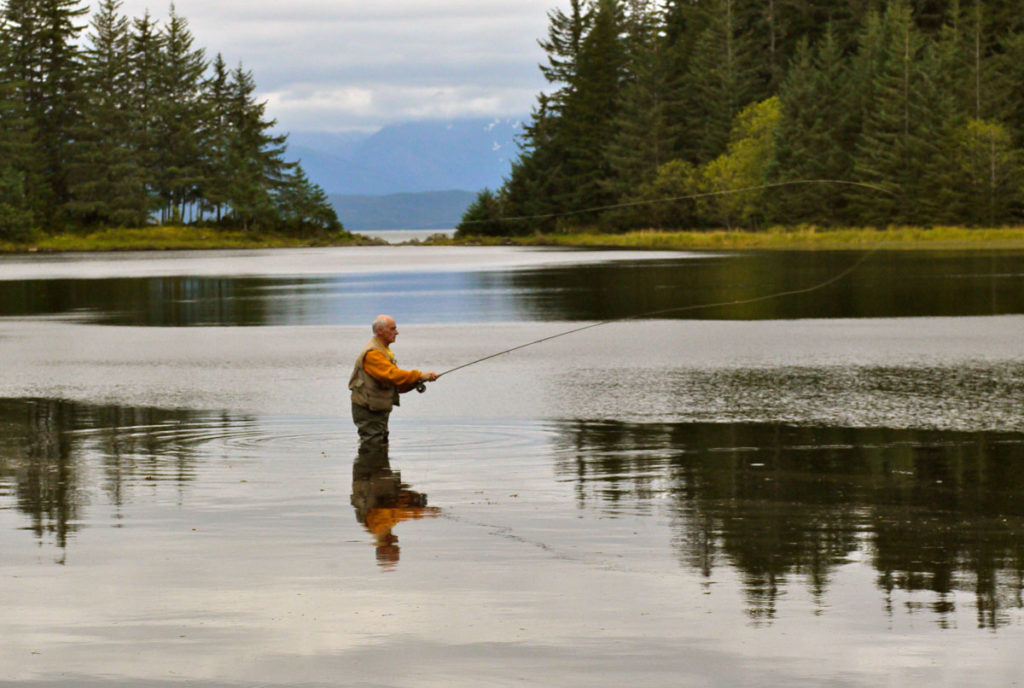
Defend Headwater Streams and Wetlands
In September 2019, the Environmental Protection Agency finalized its plan to roll back clean water protections for 50 percent of America’s wetlands and 60 percent of our stream miles. This announcement was made despite the thousands of public comments made by sportsmen and women in opposition to the agencies rule and the 92 percent of hunters and anglers who would strengthen or maintain current safeguards for clean water—not relax them.
Clean, productive wetlands and headwater streams are important for everyone, but essential for hunters and anglers and the species we love to pursue. These ecosystems enhance water quality, control erosion, provide fish and wildlife habitat, and maintain ecosystem productivity—and all of this supports a robust outdoor recreation economy worth $887 billion.
Together we can make a difference and hold the EPA accountable for jeopardizing healthy habitat and strong fisheries. Join the TRCP’s fight for clean water today and support our efforts to keep the Clean Water Act working for wetlands and trout streams.
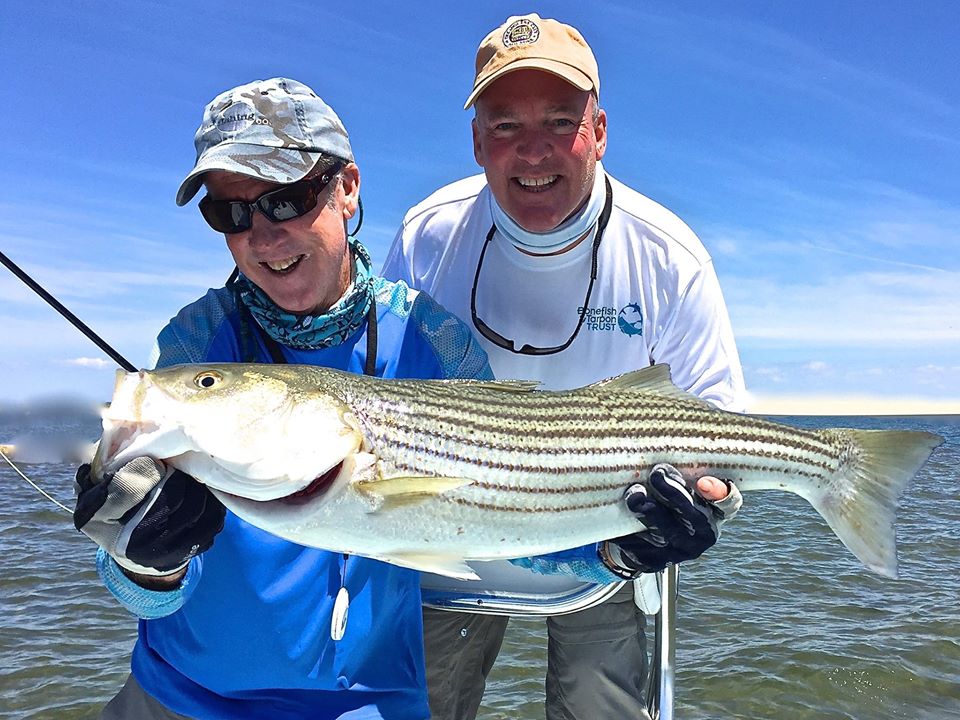
Support the Forage Fish that Keep Sportfishing Fun
Forage fish make up the base of the marine food chain and include species such as menhaden, herring, anchovies, and sardines. A critical food source for predator fish such as tuna and striped bass, these small fish are essential for a healthy ecosystem.
But commercial fishing pressures are sometimes at odds with the needs of our tiniest baitfish and the sportfish that rely on them for food. Fortunately, legislation has been introduced in the U.S. House of Representatives to promote more responsible management and conservation of critical forage fish. In the meantime, we need anglers to take action quickly to prevent further declines in one important Atlantic species.
Menhaden—also known as bunker or pogies—are the preferred forage of striped bass that are suffering on the East Coast, according to recent stock assessments. Menhaden also play a vitally important role as food for red drum, bluefish, tarpon, and summer flounder. But hundreds of metric tons of these fish are removed from the region’s waters every year to be turned into pet food, fish meal, and other products.
The Atlantic States Marine Fisheries Commission will soon implement an ecosystem-based management of menhaden, which will take into account the baitfish’s important role in the broader marine food web. They must also hold commercial fishing operations accountable for harvesting more menhaden than they should—this only robs struggling striped bass of their food source.
Sign our open letter and let the ASMFC know that you support healthy sportfish populations, strong marine ecosystems, and the menhaden fishery.
Top photo by Kent Krebeck


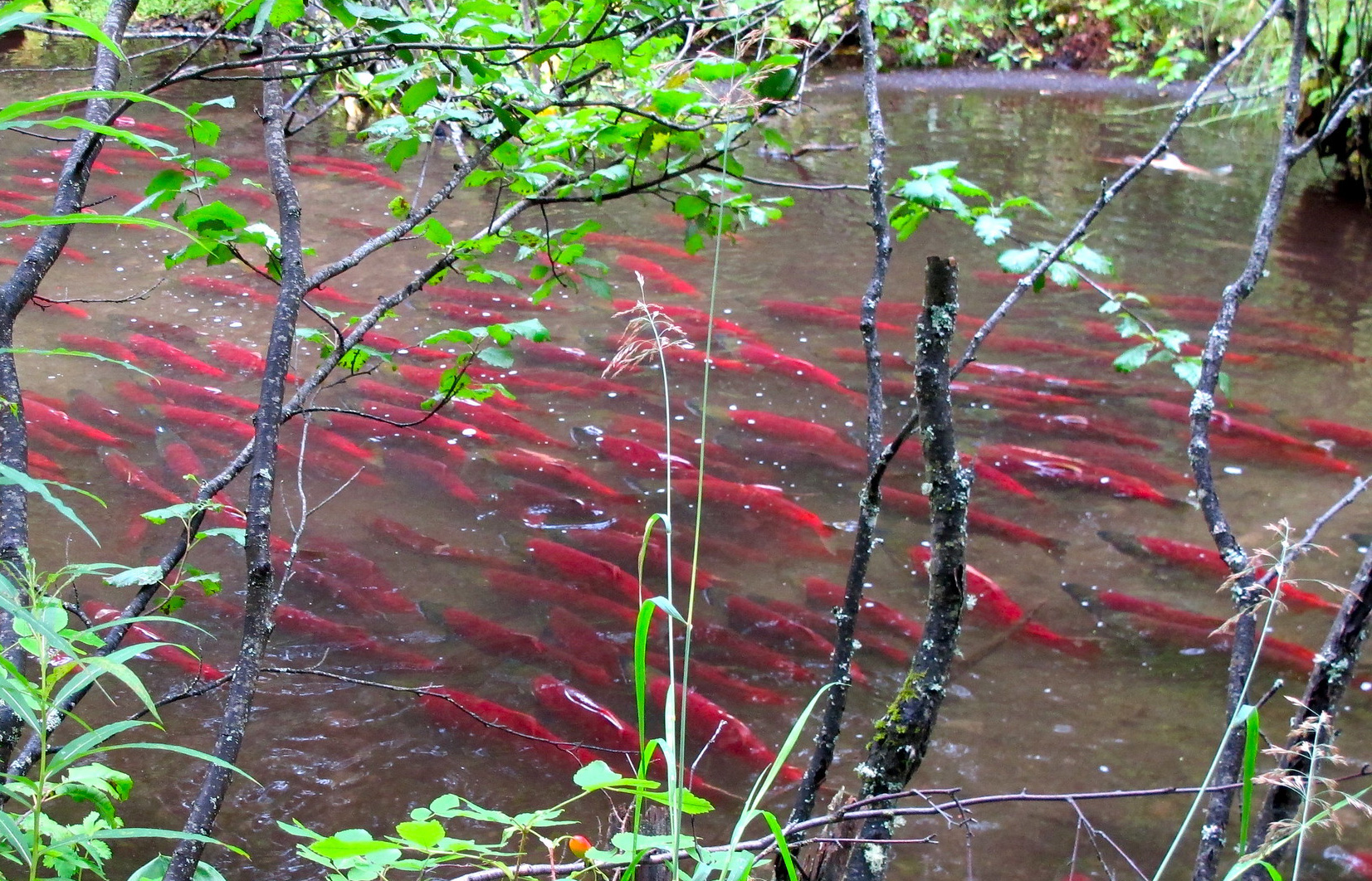
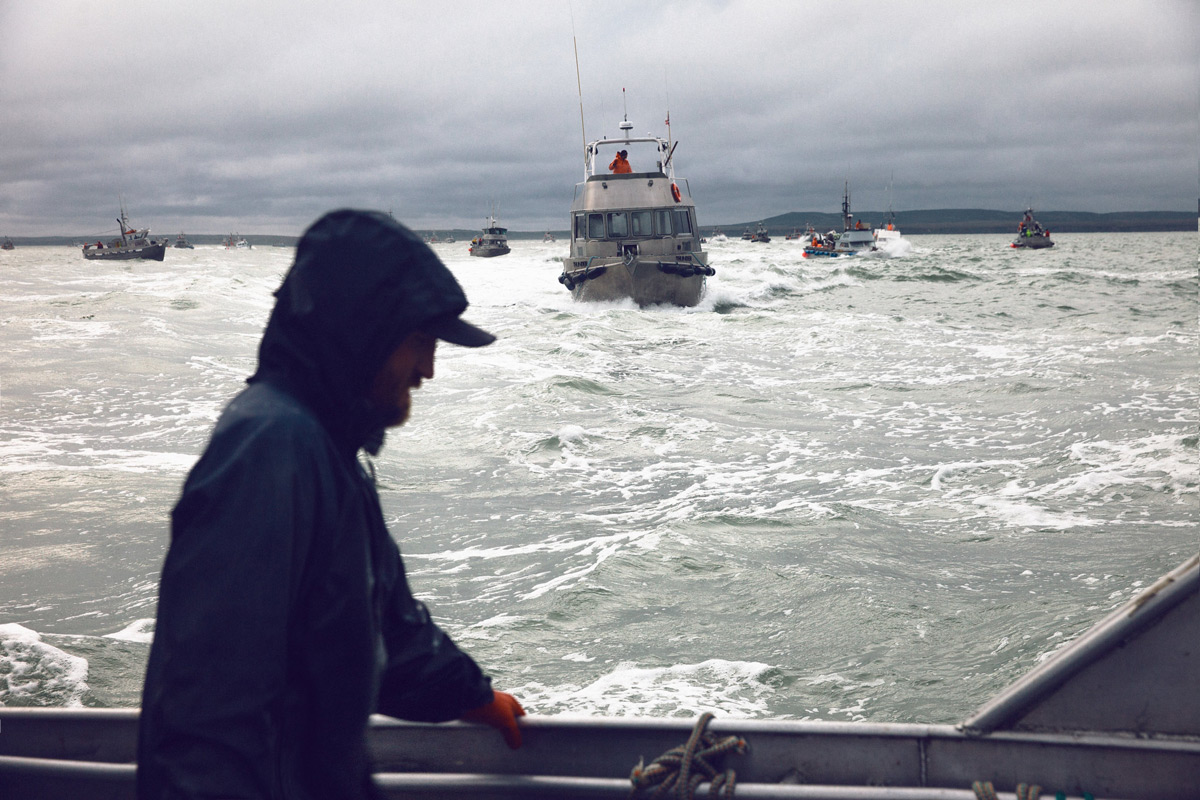
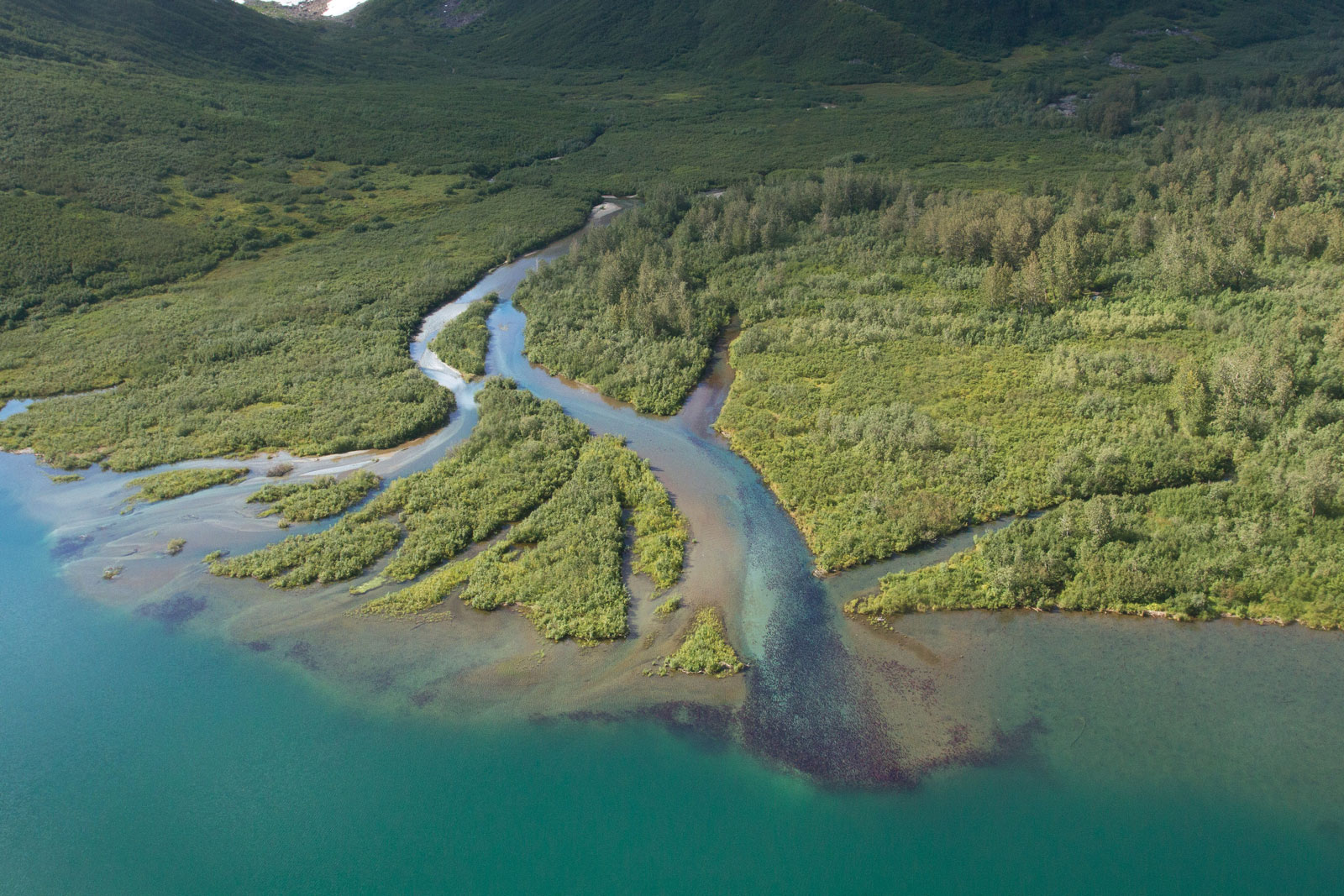
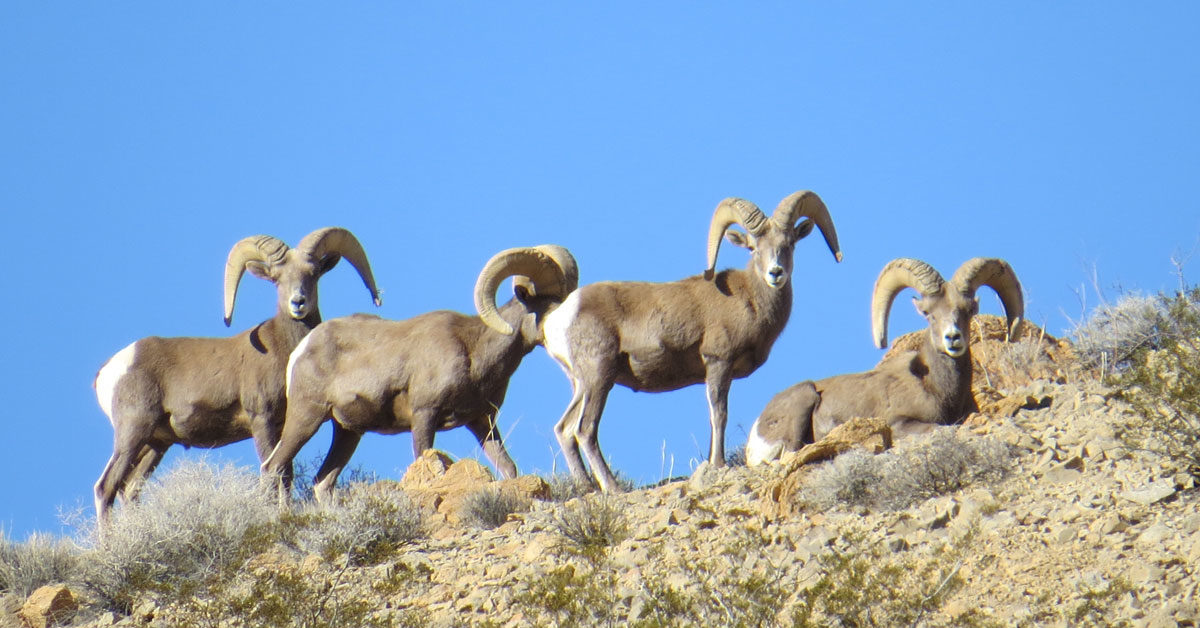
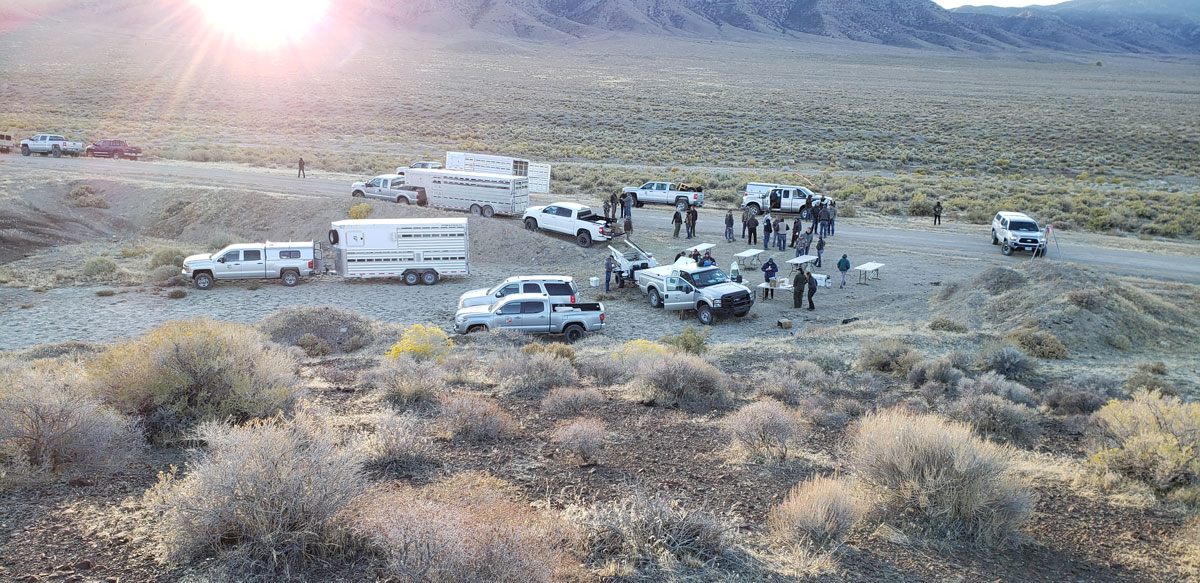
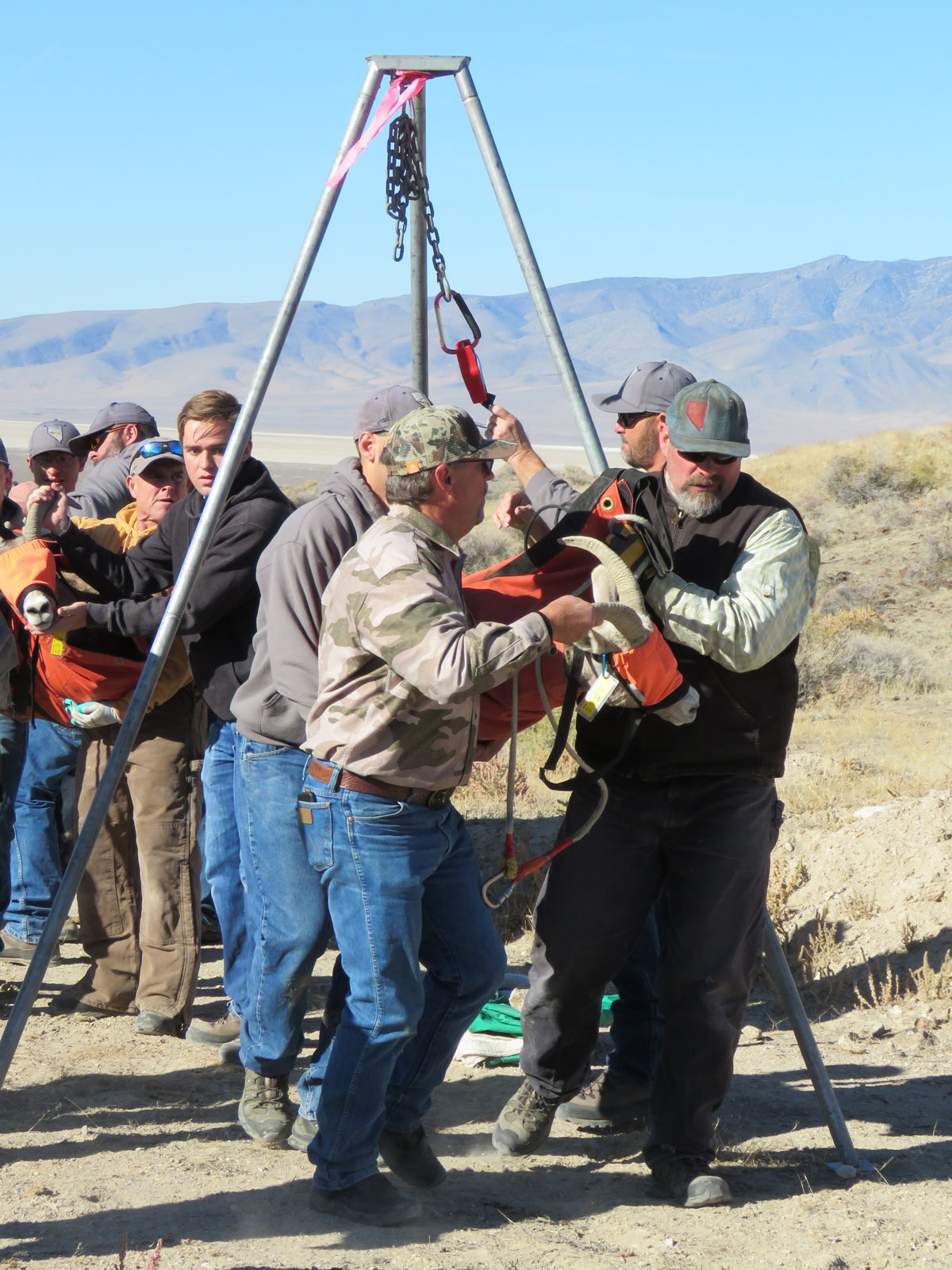
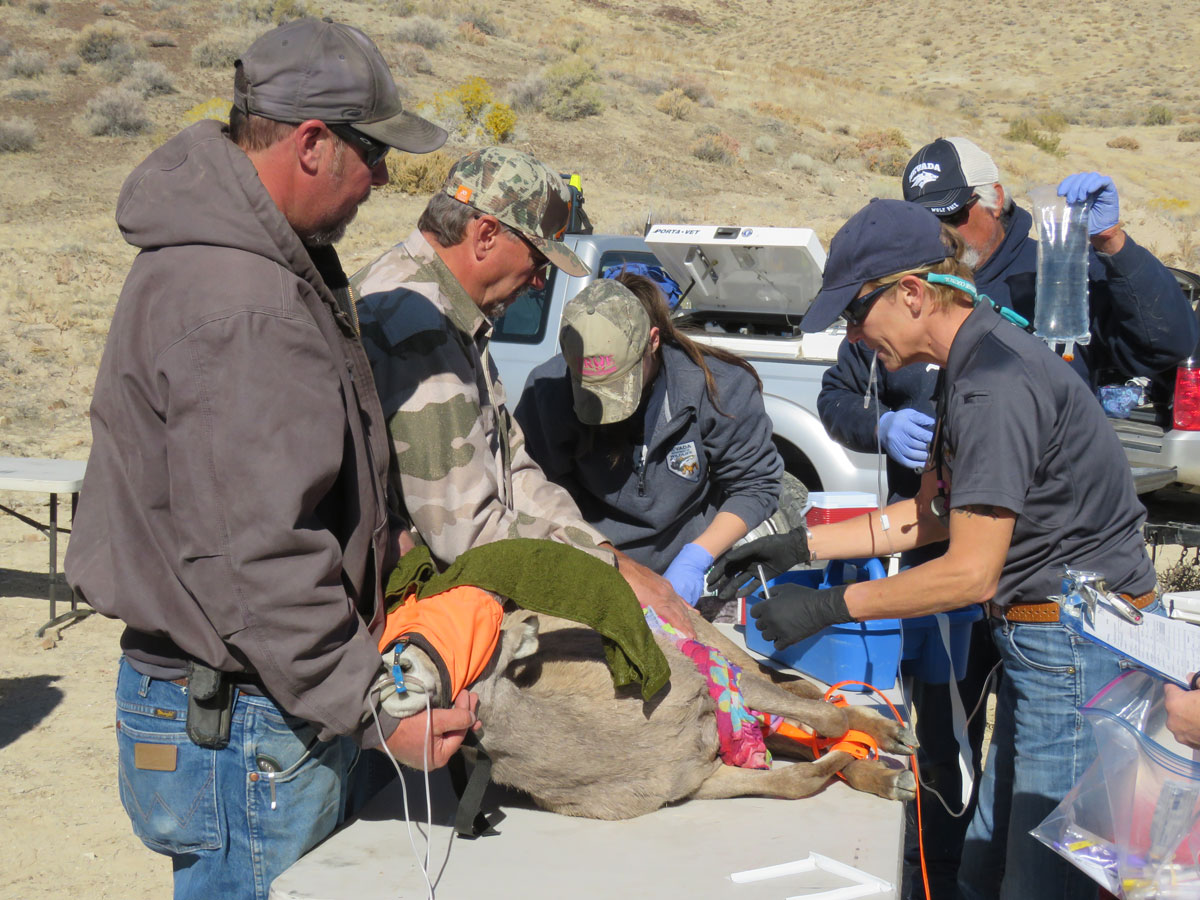
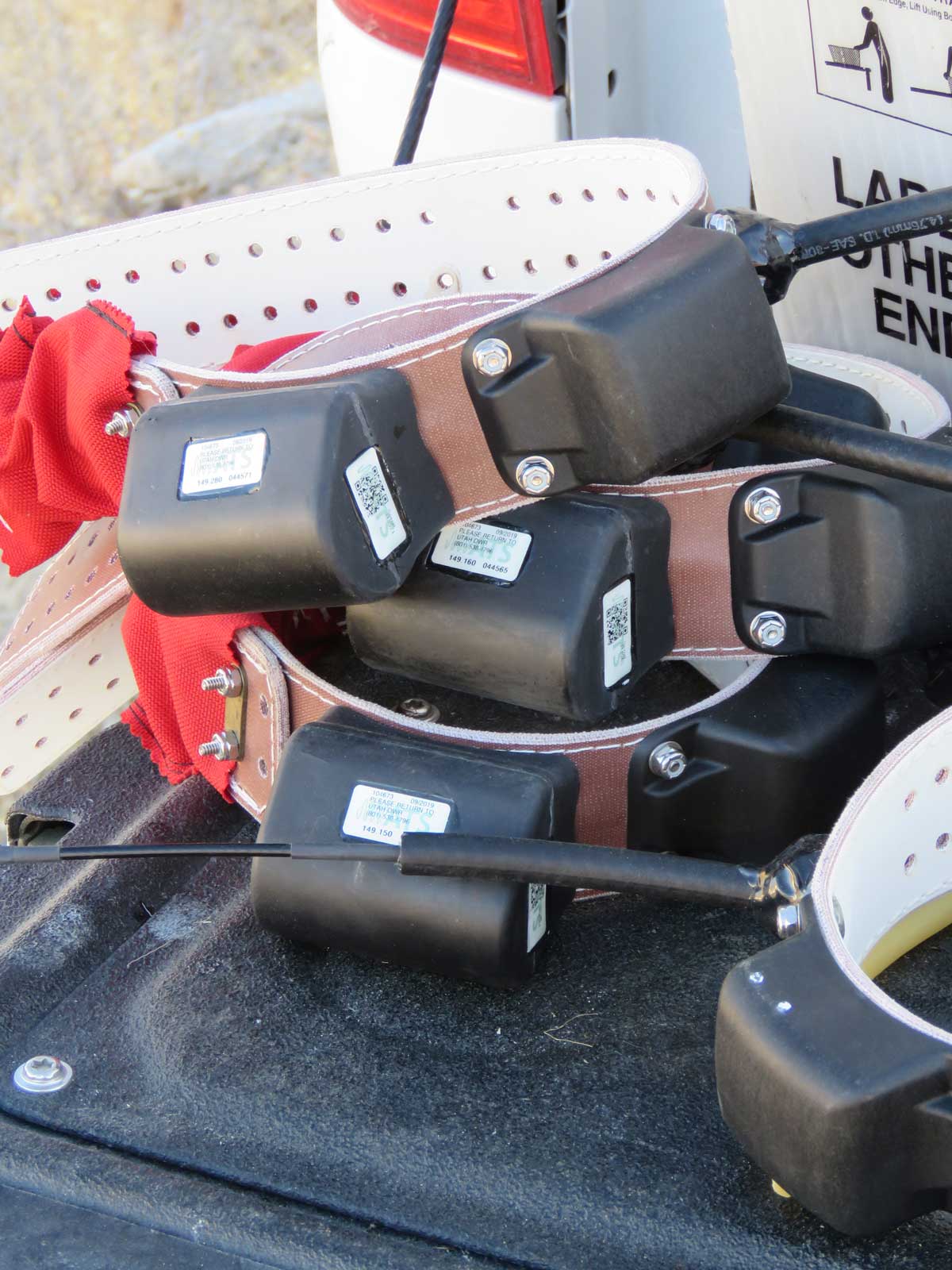
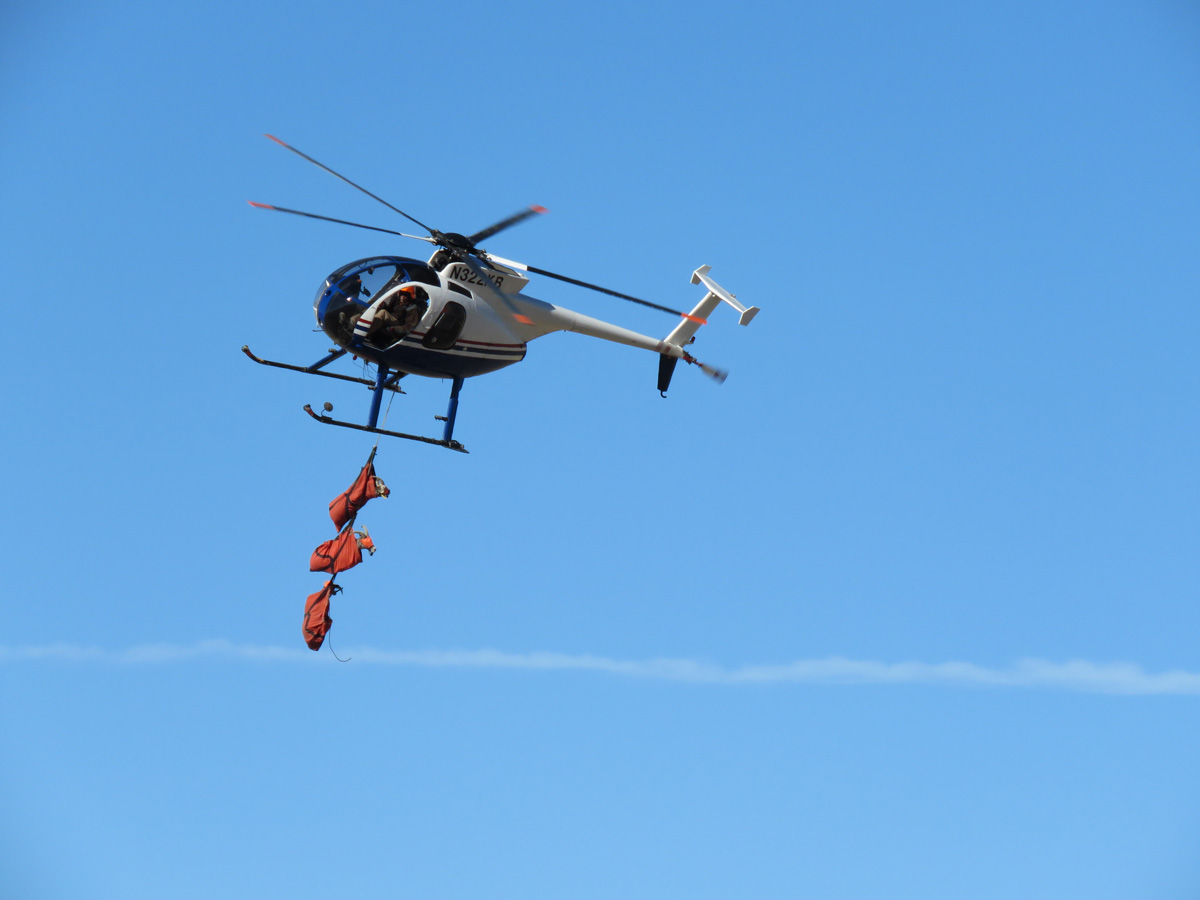
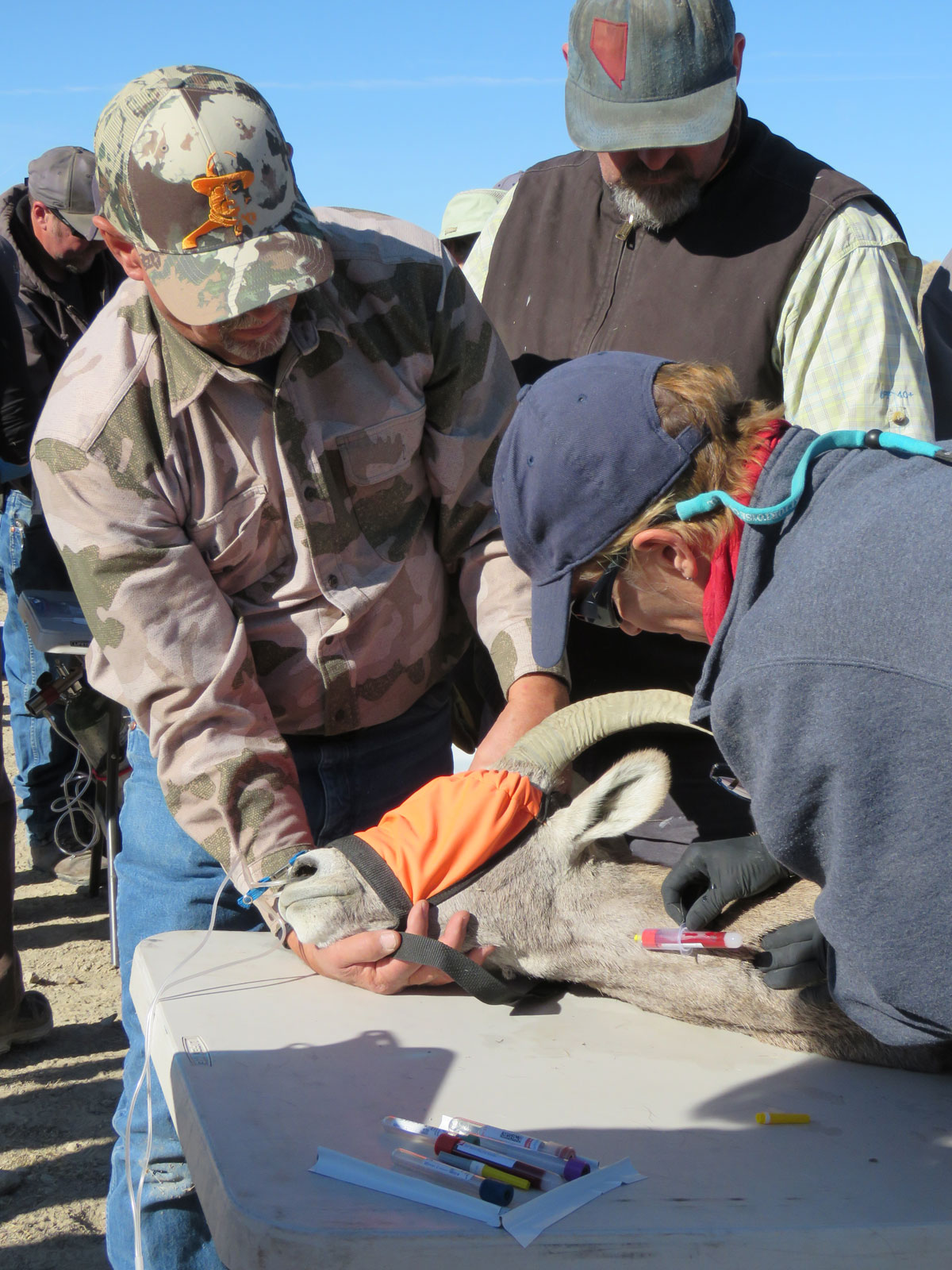
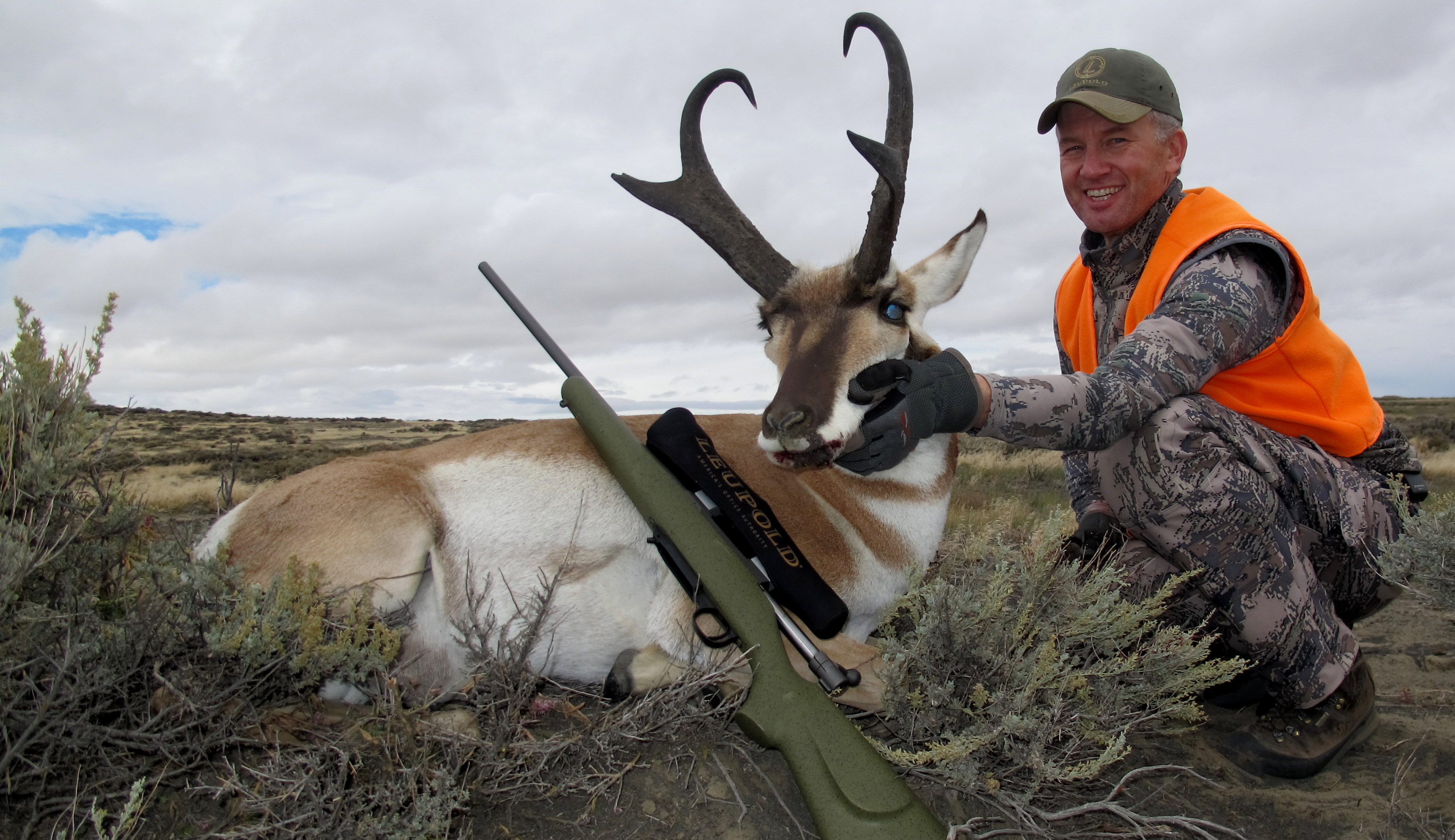
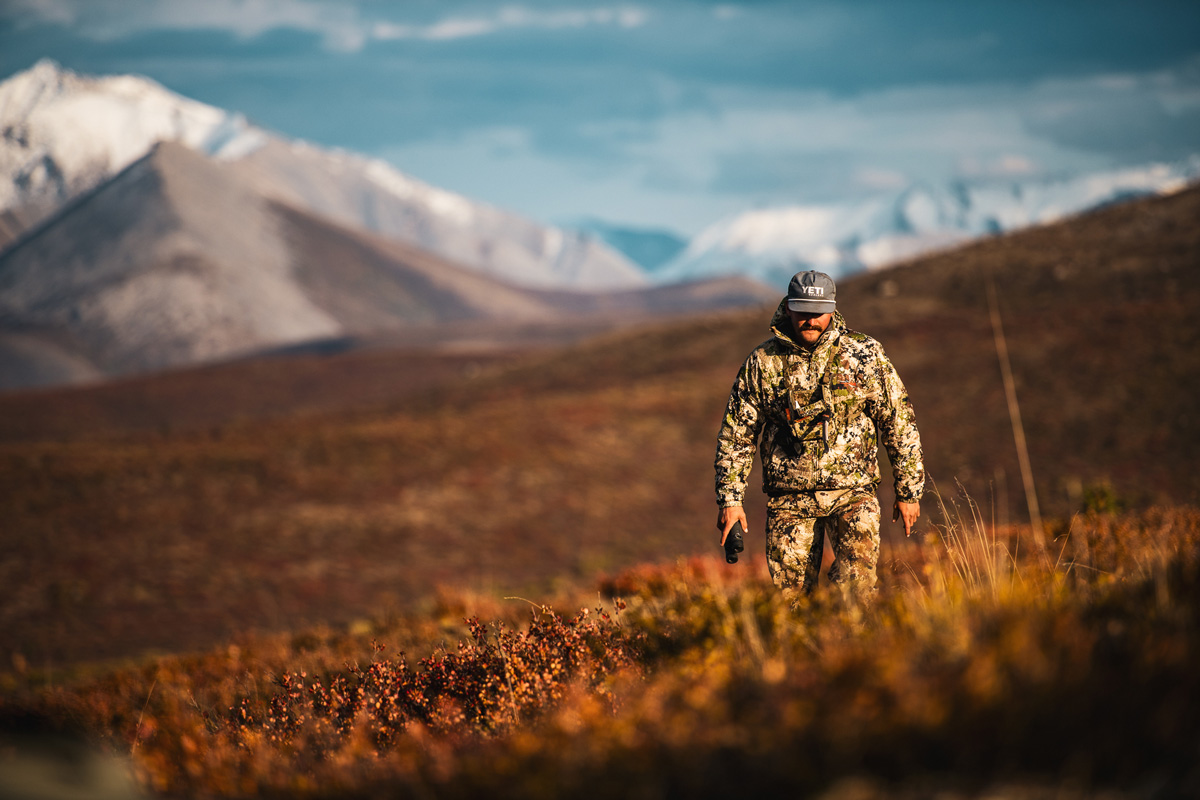
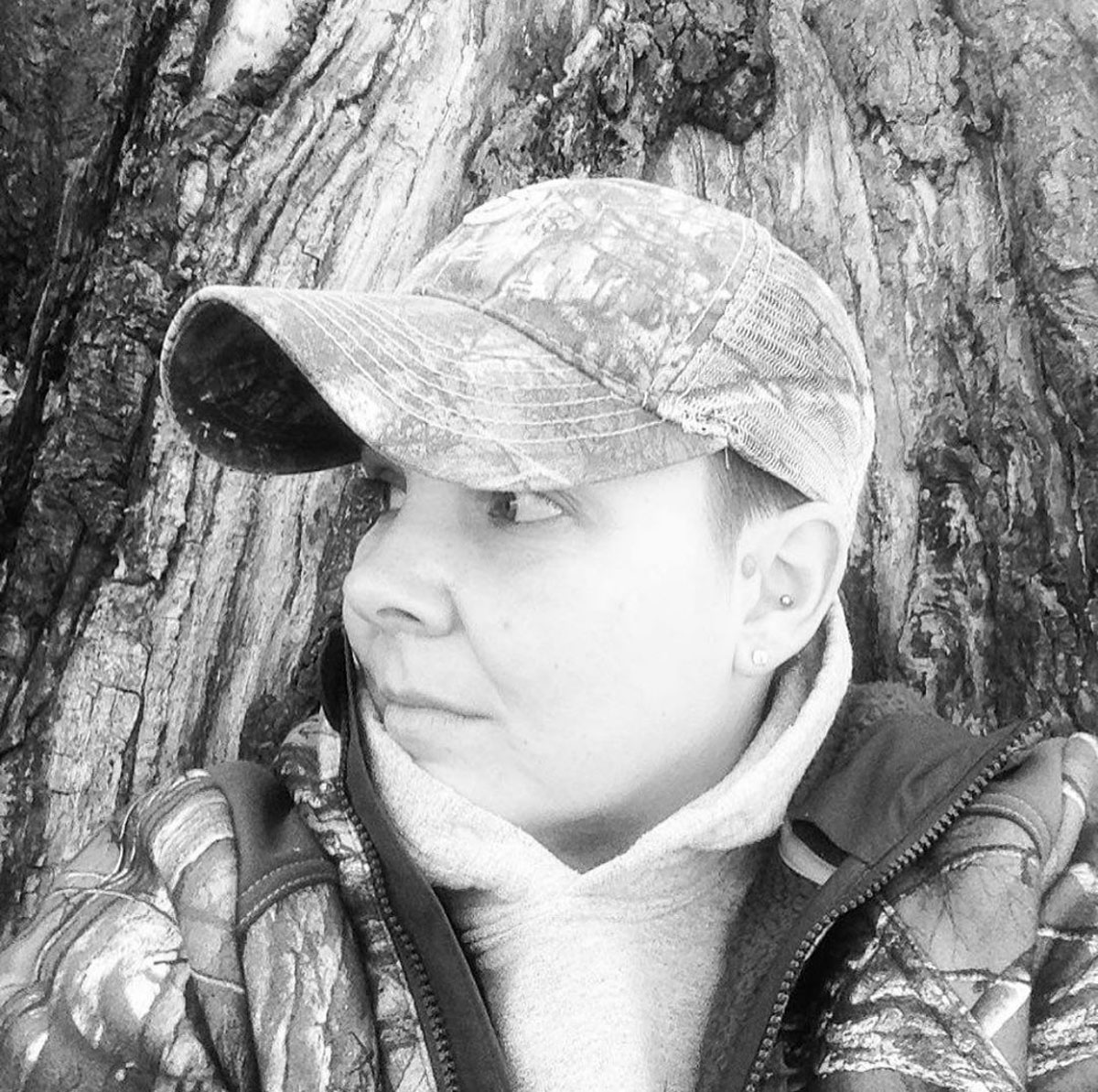




Fishing is a Great thing to do and a wonderful way to teach younger folks the importance of all the things mentioned in this article!!
Clean water is a right.
I don’t mind people to fish but get only what you need follow all rules of fishing. If your commercial fishery group respect our ocean as the wildlife of all sorts. But almost leave the ocean cleaner that you came